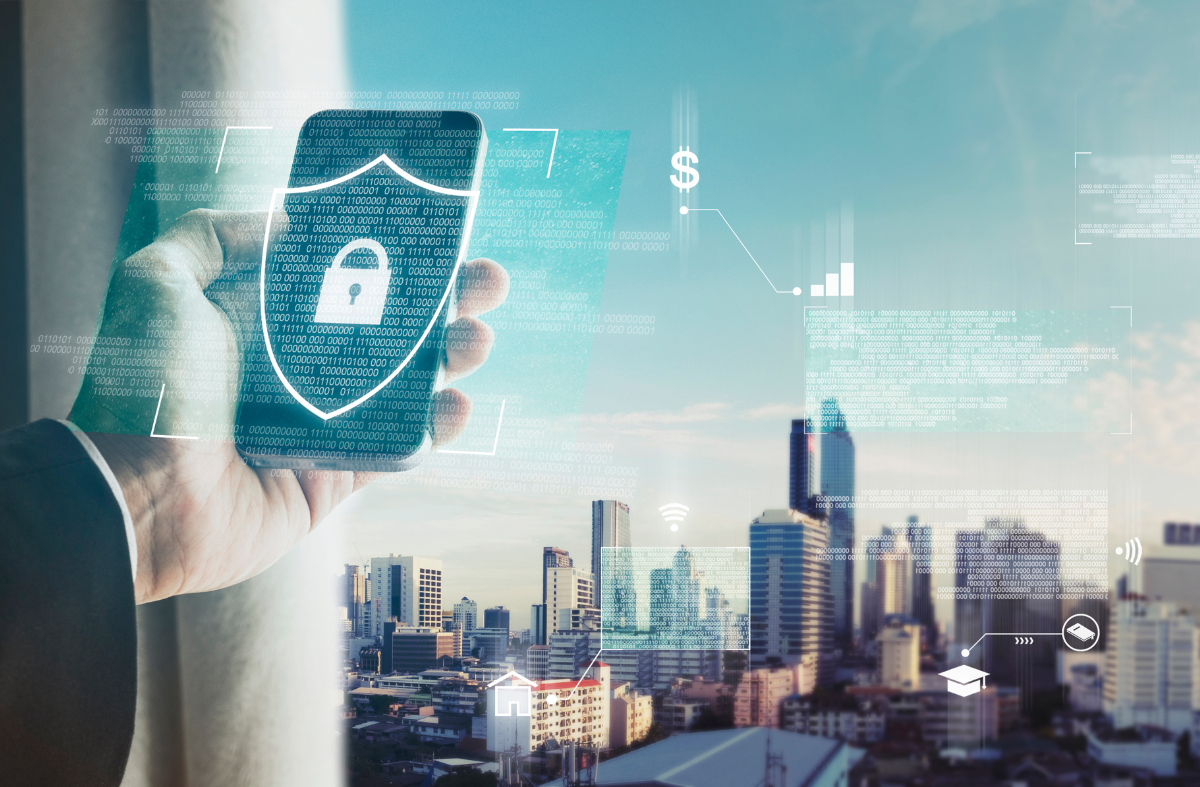A recent Ransomware Surge
The cyber threat landscape has seen significant shifts over the past few years, and 2024 has been particularly not able for the alarming rise in ransomware attacks. As we delve into the details of these developments, it’s crucial to understand the evolving tactics of cybercriminals and the profound impact these attacks have had on businesses worldwide.
The Unrelenting Rise of Ransomware
Ransomware has transitioned from a sporadic nuisance to a sophisticated, organized crime operation. In 2024, the number of ransomware attacks nearly doubled compared to the previous year, with almost 4,900 businesses falling victim compared to 2,700 in 2023 . This surge underscores the growing persistence and effectiveness of ransomware groups, which have evolved into well-structured entities with strategies rivaling legitimate tech startups.
Key Factors Driving the Surge
1. Ransomware-as-a-Service (RaaS) Model :
One of the main drivers of the increase in ransomware attacks is the Ransomware-as-a-Service (RaaS) model. This model allows even less technically skilled criminals to launch attacks using sophisticated ransomware tools developed by more experienced hackers. Affiliates can join these RaaS programs, conduct attacks, and share the profits with the developers, making ransomware more accessible and widespread.
2. Affiliate Dynamics and Shifting Alliances :
The cybercriminal ecosystem is highly dynamic, with affiliates frequently switching allegiances to maximize profits. Groups like AlphV and LockBit, which were once dominant, have seen their operations disrupted by law enforcement, leading to a realignment within the ransomware community . Newcomers like Play and RansomHub have quickly risen to prominence by attracting skilled affiliates, further intensifying the competition and the frequency of attacks.
3. Targeting Lucrative Sectors :
Ransomware groups have become more strategic in their targeting, focusing on industries that are critical to national economies and possess valuable data. Broking, Insurance, Manufacturing, healthcare, and ITES have been among the most targeted sectors in 2024 . The disruption caused by halting services of these sectors actual impact the larger customer base & hence ransomware operators are successful in seeking substantial ransoms.
4. Repeat Victims :
A worrying trend observed in 2024 is the increase in repeat ransomware attacks. They have reduced the time between successive attacks on the same targets. Data indicates that 100+ companies were targeted by two different groups globally , and few companies were attacked by three different groups within a short time frame. This rapid succession of attacks can leave companies in a state of perpetual crisis, struggling to recover from one incident before being hit by another.
5. Sophisticated Exploits :
The exploitation of known vulnerabilities continues to be a significant method for ransomware attacks. Groups like Cl0p have capitalized on vulnerabilities in widely-used software such as MOVEit and GoAnywhere, causing extensive damage .
Practical Steps for Organizations
To defend against the evolving ransomware threat, organizations should implement the following strategies :
1. Regularly Update and Patch Systems : Ensure all software and systems are up-to-date with the latest security patches to close known vulnerabilities .
2. Implement Strong Backup Practices: Regularly back up critical data and store backups offline to ensure data can be restored in case of an attack .
3. Conduct Security Awareness Training: Educate employees about the dangers of phishing and other common attack vectors to reduce the risk of human error .
4. Develop and Test Incident Response Plans: Have a clear, tested plan in place for responding to ransomware attacks to minimize downtime and damage .
5. Invest in Advanced Security Solutions: Utilize advanced security tools and services, such as those offered by Black Kite, to continuously monitor and protect against threats.
How to Combat Ransomware Attack with AmbiSure Technologies?
1. Ransomware Susceptibility Index :
RSI helps organizations assess their vulnerability to ransomware. By analyzing various risk factors, the RSI™ provides a score that indicates the likelihood of a ransomware attack, enabling companies to take proactive measures to mitigate their risk .
2. Continuous Monitoring and Risk Assessment :
Continuous monitoring is crucial for detecting and responding to threats in real- time. We can offer real-time monitoring and detailed risk analysis, helping organizations stay vigilant and respond swiftly to potential threats .
3. Third-Party Risk Management :
With many ransomware attacks exploiting third-party vulnerabilities, robust third-party risk management is essential. With comprehensive third-party risk monitoring, helping organizations understand and manage the cybersecurity-posture of their vendors .
4. Advanced Threat Intelligence :
Staying informed about the latest threats is key to maintaining strong defenses. Have an actionable threat intelligence, enabling organizations to make informed decisions and stay ahead of emerging threats .
The surge in ransomware attacks in 2024 has highlighted the need for robust, proactive cybersecurity measures. By understanding the evolving tactics of ransomware groups and implementing comprehensive defenses that would enhance cybersecurity posture & safeguard the operation of every organization in this challenging landscape.
Engage with us in the comments below to share your thoughts on the ransomware surge and how your organization is preparing for these threats. Together, we can build a more secure digital future.
Archives
- November 2024 (2)
- June 2024 (7)
- April 2024 (1)
- September 2022 (3)





















